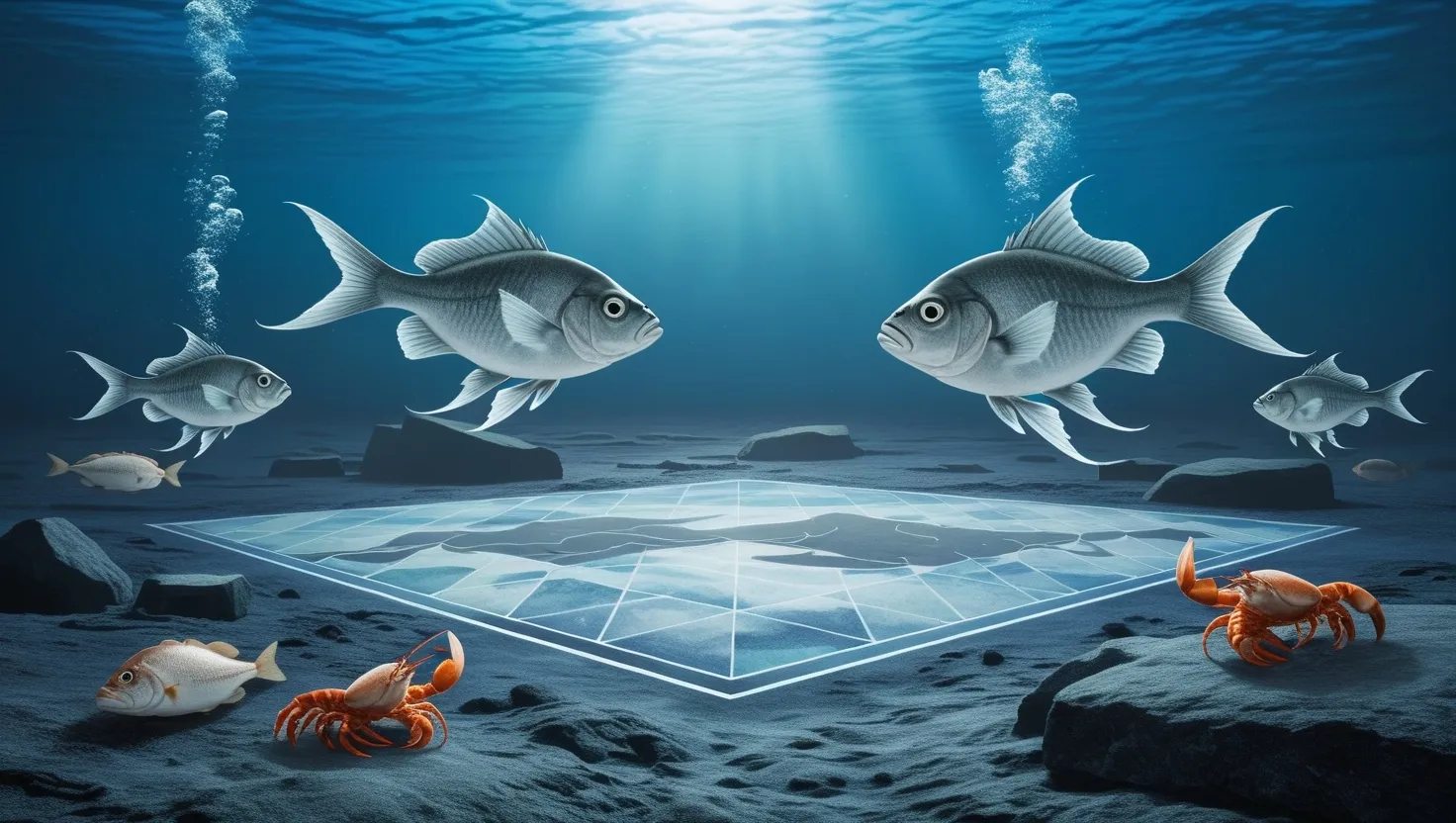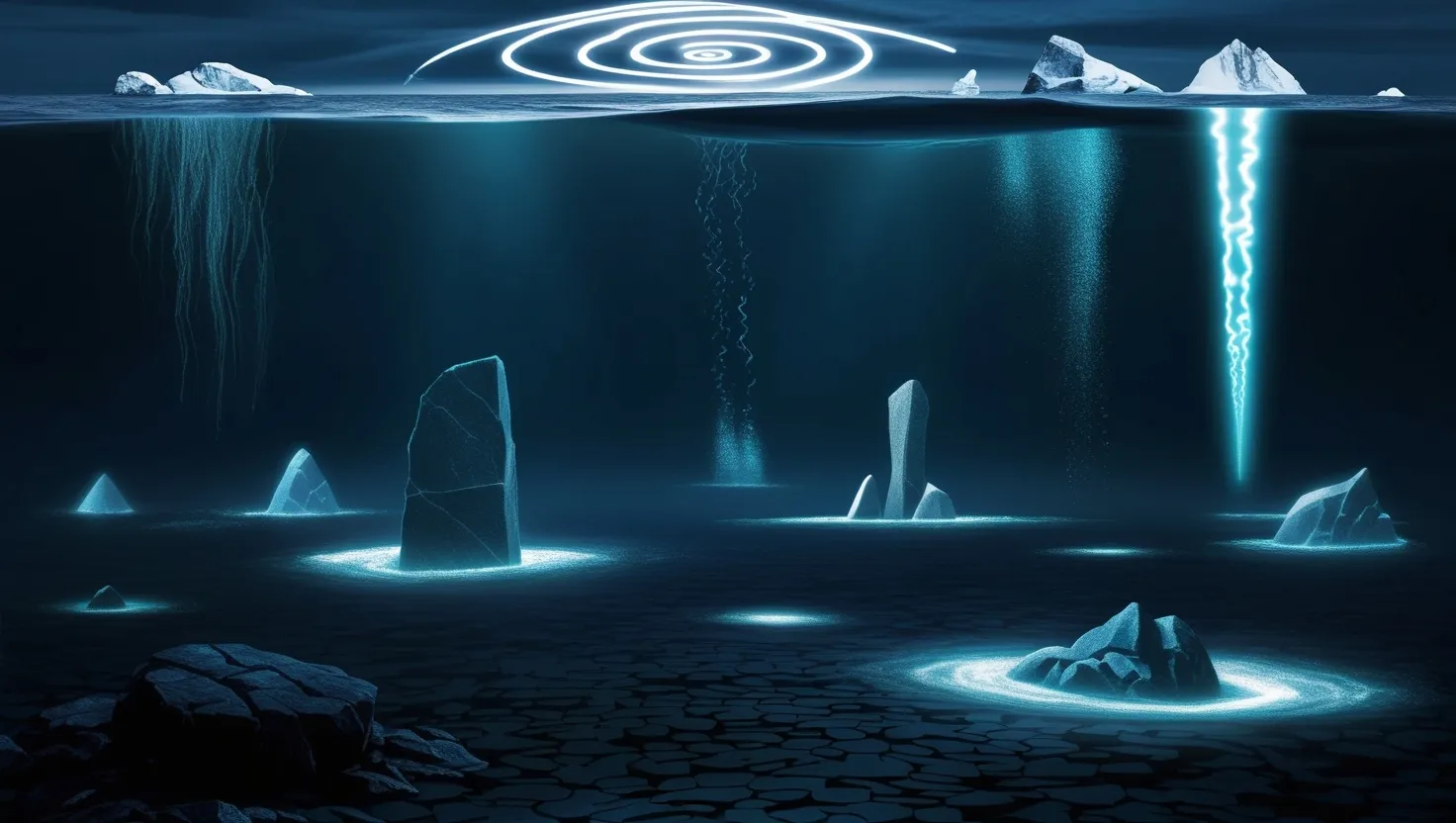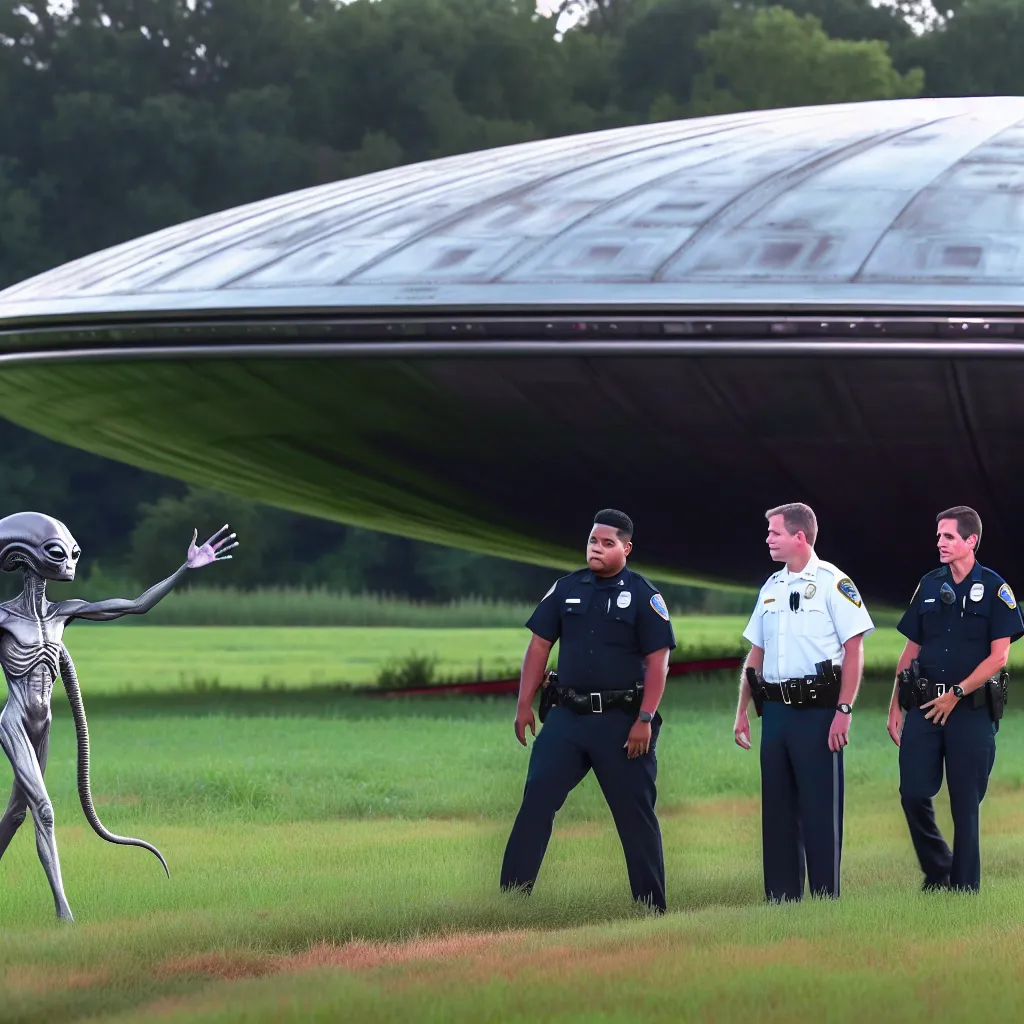The Bermuda Triangle: Unraveling the Mystery
The Bermuda Triangle has captivated our imaginations for centuries. This vast expanse of ocean, roughly bounded by Florida, Bermuda, and the Greater Antilles, has been the subject of countless theories, stories, and legends. But what’s the real deal behind this mysterious patch of sea?
Let’s dive in and explore the facts, myths, and scientific explanations surrounding the Bermuda Triangle. It’s a tale that’s equal parts fascinating and perplexing, with a dash of good old-fashioned human curiosity thrown in for good measure.
First things first, let’s get our bearings. The Bermuda Triangle isn’t some tiny, easily defined area. We’re talking about a massive chunk of the Atlantic Ocean, anywhere from 500,000 to 1.5 million square miles. That’s a lot of water, folks! And it’s not exactly a quiet neighborhood either. This area sees heavy traffic from ships and planes daily, which already sets the stage for potential mishaps.
Now, let’s talk history. The Triangle’s reputation for being a bit… let’s say, unpredictable, goes way back to the mid-1800s. We’re talking ships found drifting along, completely abandoned, without a soul on board or any sign of a struggle. And then there are the planes that seemed to vanish into thin air. Spooky stuff, right?
One of the most famous cases is the disappearance of Flight 19. Picture this: it’s December 1945, and five U.S. Navy torpedo bombers take off for a training mission. Led by Lt. Charles Taylor (who, between you and me, wasn’t exactly known for his stellar navigation skills), the flight vanished without a trace. The kicker? Taylor’s decision to keep flying east instead of following the standard “lost at sea” procedures probably sealed their fate. They likely ran out of fuel and plunged into the vast ocean. It’s a sobering reminder of how unforgiving the sea can be.
But here’s the thing: while it’s tempting to blame aliens, sea monsters, or even the lost city of Atlantis (yeah, that’s a theory), the truth is often a lot less exciting. Don’t get me wrong, I love a good mystery as much as the next person, but when you start digging into the science, things start to make a bit more sense.
Let’s talk weather for a second. The Bermuda Triangle isn’t exactly known for its calm, sunny days. This area is smack in the middle of hurricane alley, and it’s prone to some seriously nasty storms. We’re talking about weather systems that can converge from multiple directions, creating the perfect storm (pun intended) for disaster. Add in the Gulf Stream’s unpredictable currents, and you’ve got a recipe for maritime mayhem.
Speaking of the Gulf Stream, this powerful ocean current is no joke. It can whip up some seriously violent weather changes in the blink of an eye. And let’s not forget about all those islands scattered throughout the Caribbean Sea. They might look pretty on a postcard, but for ships and planes? They’re a navigation nightmare. Shallow waters, hidden reefs, and unpredictable currents can spell trouble for even the most experienced captains and pilots.
But wait, there’s more! Ever heard of rogue waves? These massive walls of water can reach heights of up to 100 feet. That’s taller than a 10-story building, folks! These monsters of the sea are powerful enough to take down ships and planes without leaving a trace. And with the Atlantic plunging to depths of 30,000 feet in some places, good luck finding any wreckage.
Now, let’s talk about human error. We’re all human, right? We make mistakes. But in the Bermuda Triangle, even a small error can have catastrophic consequences. Take the agonic line, for example. It’s this weird geographical quirk where magnetic compasses point towards true north instead of magnetic north. If you’re not accounting for this, you could end up way off course. And in an area as tricky as the Bermuda Triangle, that’s not a mistake you want to make.
Here’s another fun fact: what ships are carrying can play a big role in their fate. Remember the USS Cyclops? This ship vanished in 1918 while lugging around 10,000 tons of manganese ore. Now, manganese ore is super dense. If it’s not distributed properly, it can cause a ship to tip over. Oh, and did I mention that manganese dust is combustible and toxic? Not exactly the ideal cargo for a long sea voyage.
Now, let’s get a bit sciency for a moment. There’s this theory about methane clathrates. Basically, it suggests that methane gas bubbles rising from the ocean floor could reduce the water’s density, causing ships to lose buoyancy and sink. Sounds pretty wild, right? Well, while it’s an interesting idea, most scientists file this one under “possible but highly unlikely.”
Despite all these scientific explanations, the Bermuda Triangle continues to be a hotbed for conspiracy theories. People love a good mystery, and the idea of a patch of ocean where ships and planes disappear without a trace is just too juicy to resist. But here’s the thing: organizations like the U.S. National Oceanic and Atmospheric Administration (NOAA) and Lloyd’s of London (you know, the big insurance guys) have repeatedly stated that there’s no evidence to suggest the Bermuda Triangle is any more dangerous than other busy areas of the ocean.
In fact, when you look at the data on ship and plane losses in the Bermuda Triangle compared to other regions, it’s pretty much what you’d expect for such a high-traffic area. Sure, the absolute numbers might seem high, but when you consider the sheer volume of traffic passing through, it’s actually within the normal range.
So why does the legend of the Bermuda Triangle persist? Well, I think it says a lot about us as humans. We’re hardwired to seek out explanations for things we don’t understand. The ocean, with its vast, mysterious depths, has always been a source of both wonder and fear for us land-dwellers. When accidents happen at sea, it’s natural to look for extraordinary explanations. It’s much more exciting to imagine sea monsters or alien abductions than to accept the mundane realities of bad weather and human error.
But here’s the thing: the truth, while perhaps less exciting, is no less fascinating. The ocean is an incredibly complex and powerful force of nature. The interplay of weather systems, ocean currents, and geological features creates an environment that can be unpredictable and, yes, sometimes deadly. But it’s not because of any supernatural forces or mysterious energies. It’s simply the raw power of nature at work.
Understanding the real science behind the Bermuda Triangle doesn’t make it any less interesting. If anything, it gives us a deeper appreciation for the complexities of our planet and the challenges faced by those who navigate its waters and skies. It’s a reminder of how small we are in the face of nature’s might, and how important it is to respect and understand these forces.
So the next time you hear a spooky story about the Bermuda Triangle, take a moment to consider the science behind it. Sure, it might not be as exciting as tales of alien abductions or time warps, but the real story is pretty fascinating in its own right. It’s a story of powerful ocean currents, unpredictable weather patterns, and the ever-present possibility of human error.
In the end, the Bermuda Triangle isn’t so much a supernatural mystery as it is a testament to the power and complexity of our oceans. It’s a reminder that even in our modern, high-tech world, nature still holds many secrets. And while we may have unraveled many of the mysteries surrounding the Bermuda Triangle, the allure of this legendary patch of ocean continues to capture our imaginations.
So, whether you’re a skeptic or a believer, one thing’s for sure: the Bermuda Triangle will continue to fascinate us for years to come. It’s a perfect storm of natural phenomena, human fallibility, and our own insatiable curiosity. And in a world where so much has been explained and demystified, isn’t it nice to have a little mystery left?






